Critical reading process
Critical reading: the process
This guide lists the steps to follow when critically reading a text. You will be following these steps in this activity.
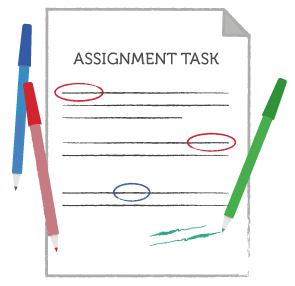
Break down the assignment into component parts.
- Underline instructional words, e.g. discuss, explain, identify, justify
- Circle key content words and phrases
- Look for hints on structure (List? Cause and effect? Problem/solution? Compare and contrast?)
- Be clear about what the task requires: put the question in your own words
- Brainstorm the question:
- Bring all your ideas together on one page
- Take stock of everything you know
- Identify gaps in your knowledge
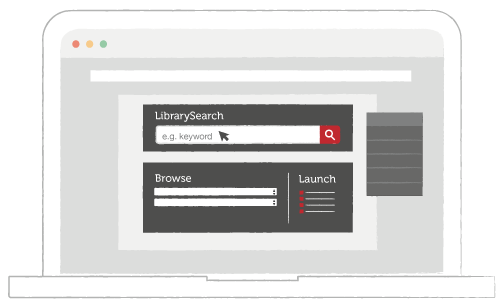
Find articles and other relevant references
- Use LibrarySearch on the library homepage and consult Subject Guides
- Follow strategies for researching (consult Liaison Librarian for further information)
- Use key words from assignment task as search terms

Scan the text for the following information:
- Who is the author/s?
- What are their qualifications/positions?
- Might the writer be biased? Why?
- What is the publication?
- Is it authoritative?
- Is it current?
Skim the text; highlight key words and main ideas:
- Read the title, abstract or summary, headings, sub-headings; and note the graphics
- Read the introduction, first sentence of each paragraph, and conclusion
Note: For more information on these techniques, go to the Learning Lab reading tutorial
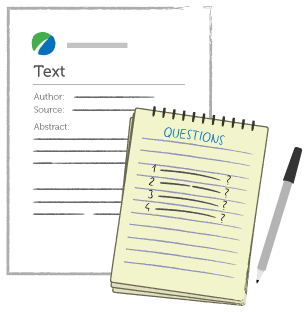
Relate the content of the text to your research question
- Is this text relevant to my research question?
- If so, list questions about the content of the article or report.
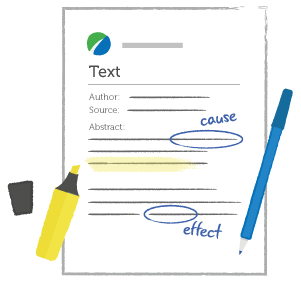
Relate the content of the text to your research question
- Highlight key ideas, write short comments in margin
- Note the patterns of organisation in the text. Common patterns include:
- list/sequence
- problem/solution
- cause/effect
- compare/contrast.
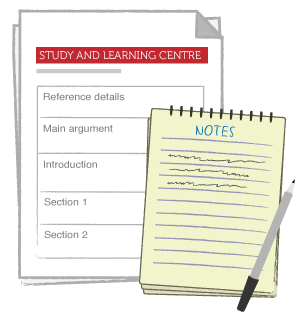
Use the template provided to make your own notes
- When making notes, be brief; use dot points; use your own words
- Fill in the first section – note the reference details
- Note the main argument of article (or purpose of report)
- Summarise the main ideas of the introduction, each section, and conclusion
- Record any significant quotes and page numbers
- Note ideas pertinent to your research.
These notes become your summary of the article/report. You can refer to them when writing your essay or report.
Evaluate the strengths and weaknesses of the text. This is an important part of the process. To evaluate the text effectively, follow these 3 steps:
- Ask questions on the value of the research
Evaluation questions. Has the article/report fulfilled its purpose?
- Is the argument clearly asserted and supported by evidence?
- Is the research valid? (Sufficient, appropriate, adequate, objective, valid methodology?)
- Has the argument been developed logically?
- Does it present solutions based on evidence?
- Are recommendations appropriate to the purpose?
- In what ways does the article/report advance our knowledge of a particular issue?
- What assumptions underlie the research? Are they reasonable?
- Ask questions on the quality of the information
Roll your mouse over the words in the diagram for more information
- Fill in the evaluation section
Using your answers to the above questions in steps 1 and 2:
- What are the strengths of the text?
- What are the weaknesses?
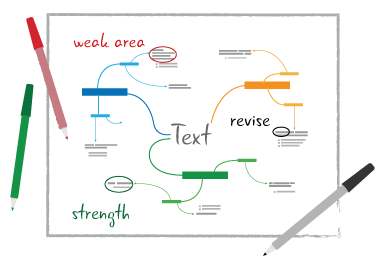
Make a rough mind map from memory: test what you can recall from your reading of the text
- Make headings of the main ideas and note supporting evidence in dot points.
- Include your evaluation: the strengths and weaknesses.
- Identify gaps in your memory.
For information on how to create a mind map, go to the Learning Lab mind map tutorial.
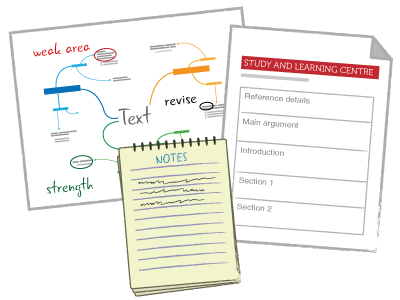
Summarise the text in preparation for writing your assignment
- Make another mind map drawing on your notes and your rough mind map.
- Make headings and note the supporting evidence in dot points.
- Include your evaluation.
- Be creative: use colour and arrows; make it easy to visualise.
- Highlight the ideas you may want to use for your assignment.
- Identify areas for further research.
